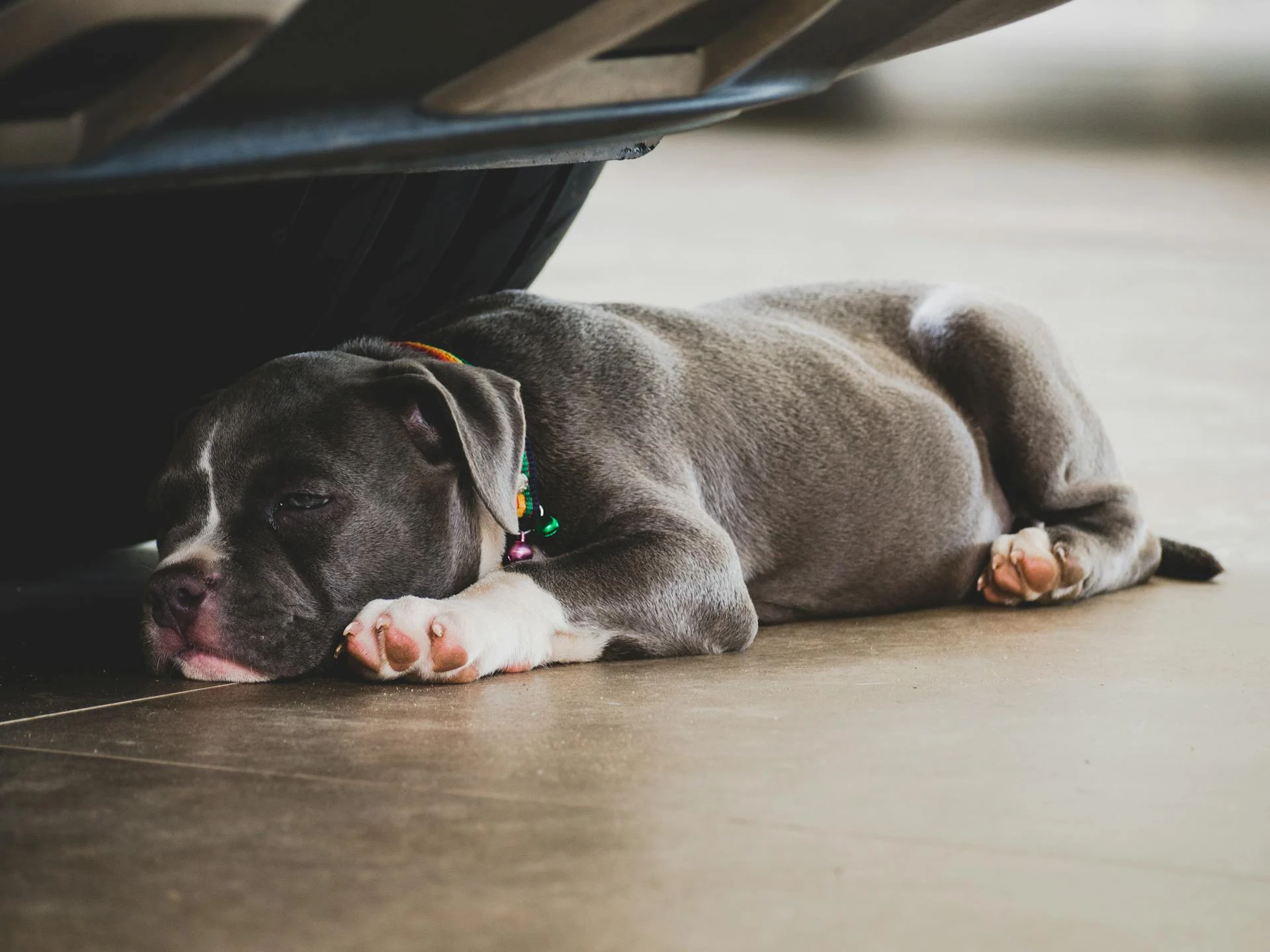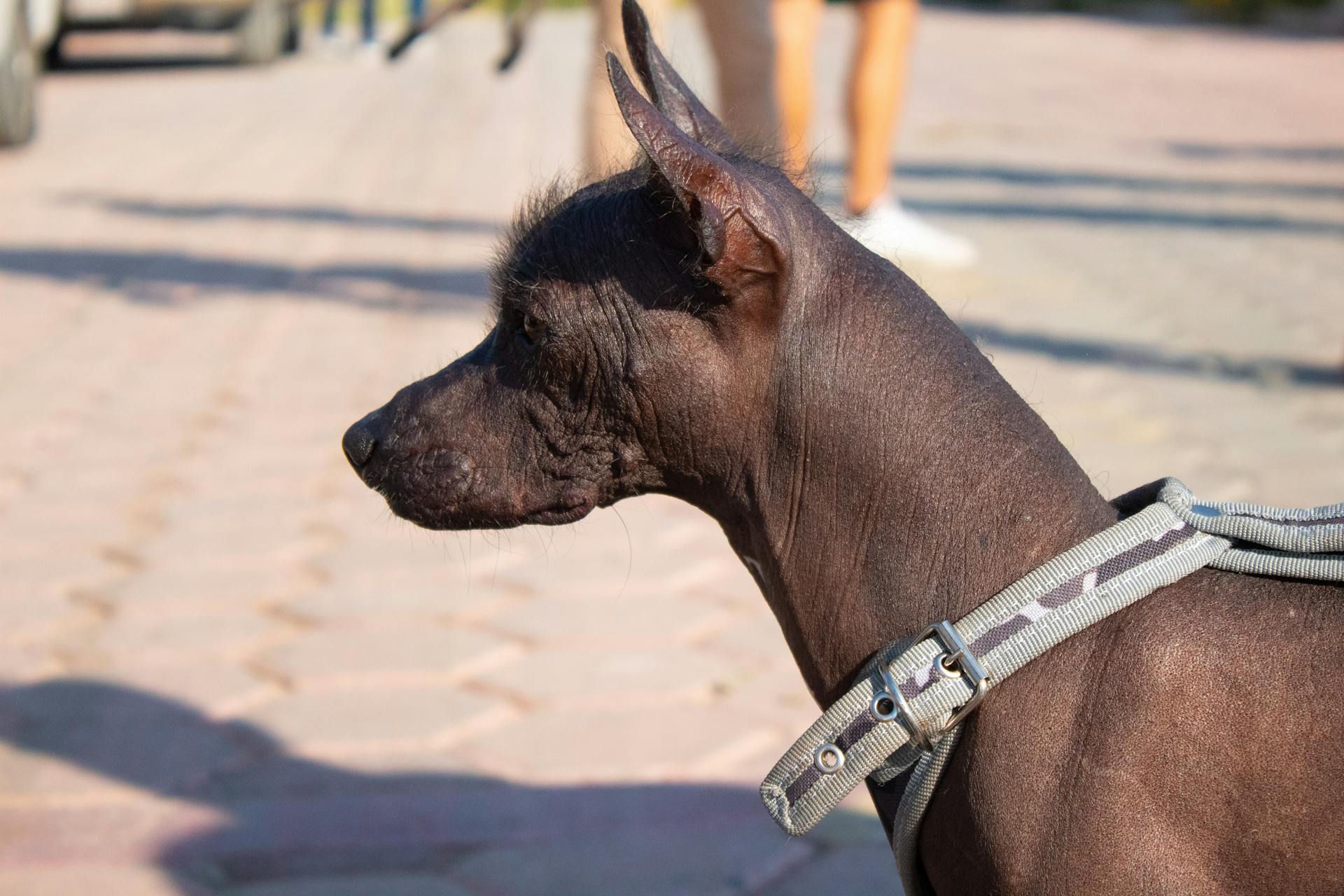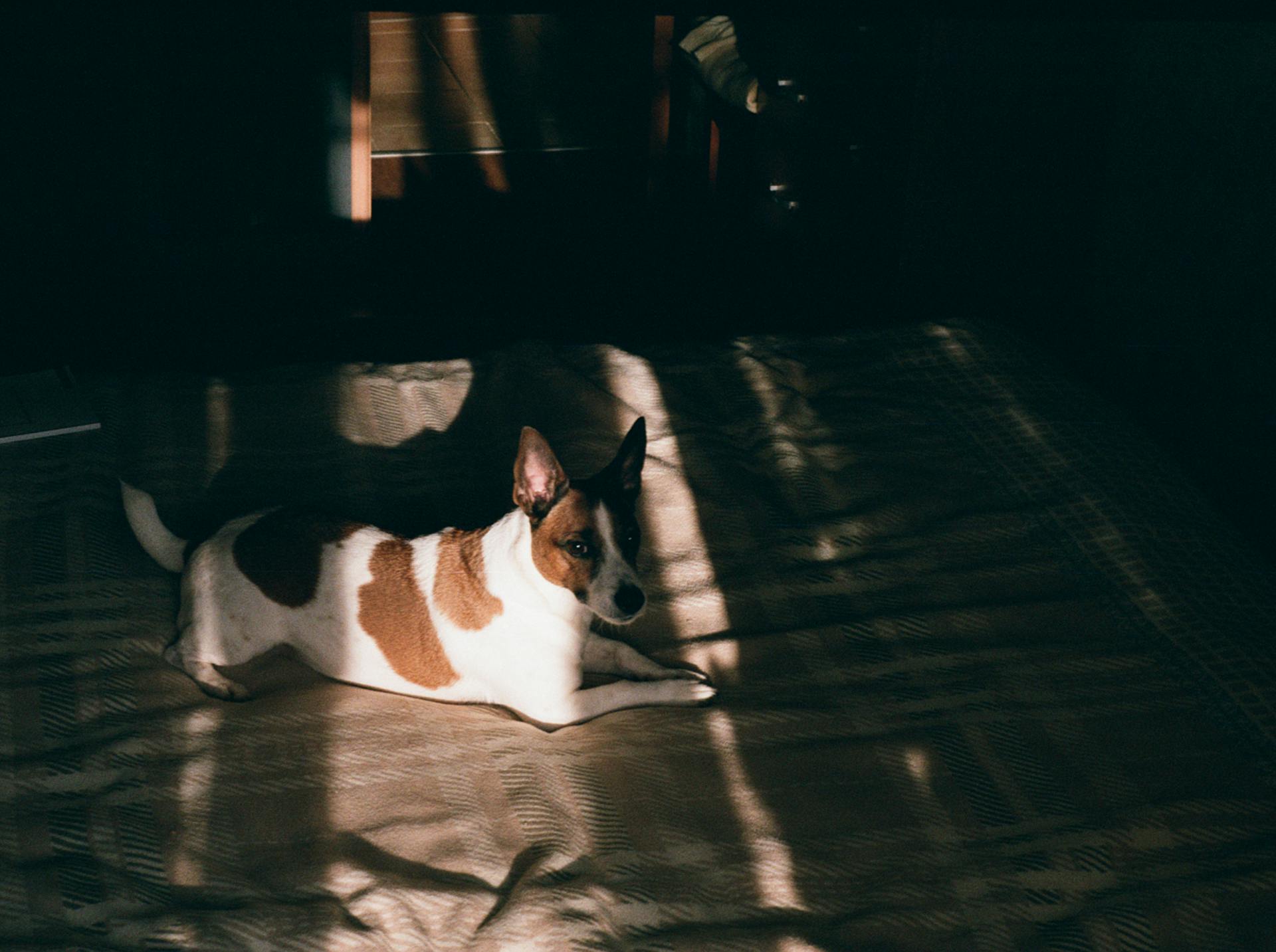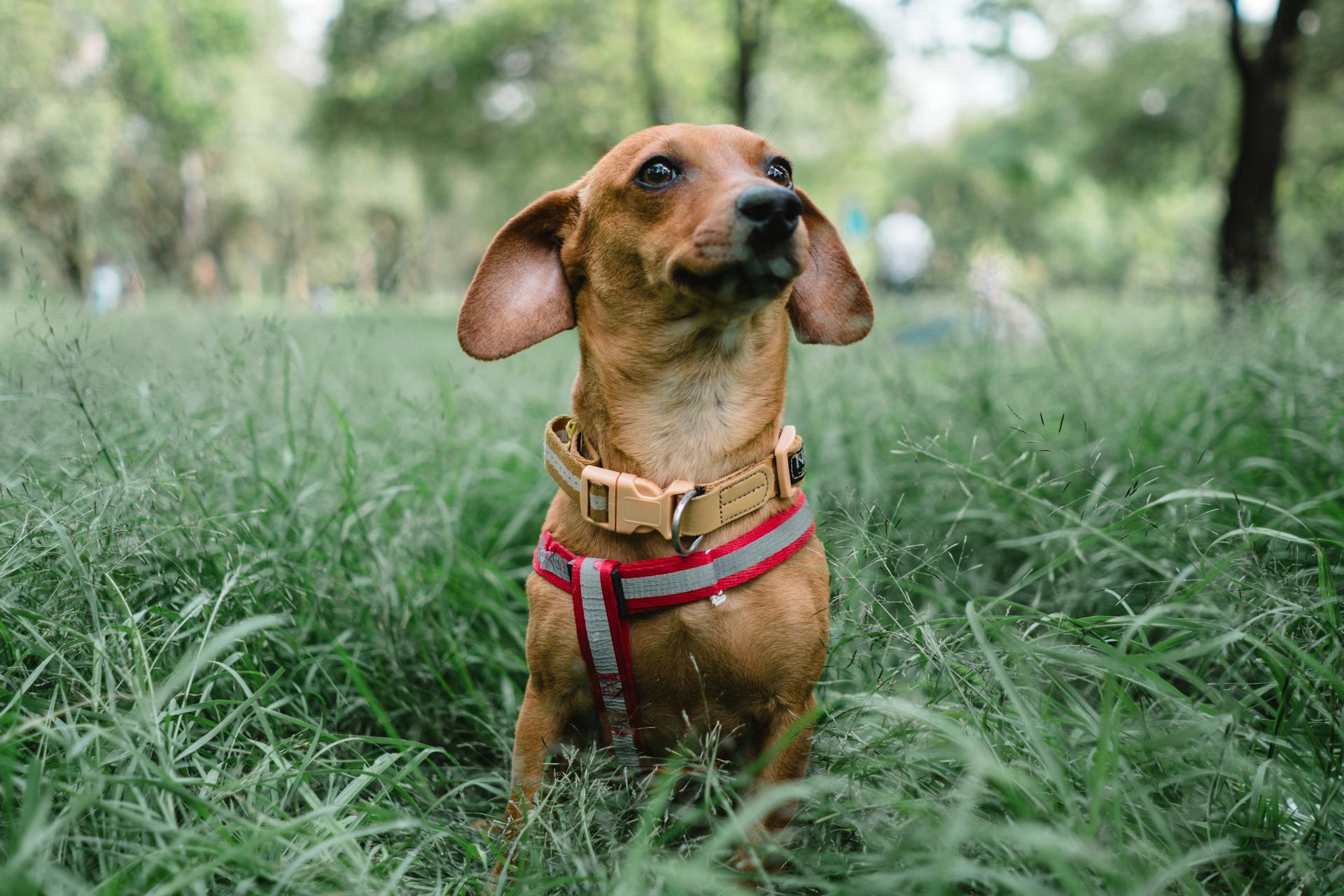
American Bullies are often misunderstood, and their reputation for aggression is a common concern. They were originally bred to be gentle companions.
Their calm nature is rooted in their history as family pets. The first American Bullies were created in the 1990s by breeding the American Pit Bull Terrier with other breeds. This breeding process aimed to create a dog that was friendly, outgoing, and affectionate.
Despite their history, some American Bullies can exhibit aggressive behavior. This is often a result of poor breeding, lack of socialization, or inadequate training.
Understanding Aggression
Aggression in dogs can be caused by a variety of factors, including hypervigilance over their territory, as seen in the undesirable protection mentioned earlier.
Early socialization is key to preventing undesirable protection, but it's not a guarantee against all behavioral problems.
Behavioral problems can develop over time due to changes in a dog's environment, such as a move or a change in owner, which can disrupt their routine and lead to aggression.
You might enjoy: American Bully Skin Infection
Fear and Lack of Confidence
Lack of socialization can bring many risks to a dog's life, especially for the American Bully.
Early socialization is crucial because it enables dogs to hone their communication skills.
Without exposure to the language of play, a dog can misinterpret a cheery pinch as an invitation to fight.
Fearfulness and lack of confidence can lead to protective reactions in dogs that are unsure of their surroundings.
A dog that hasn't been socialized may react protectively if it encounters another dog on a walk or in the park.
This is why early socialization is so important for dogs like the American Bully.
Protectiveness
Protectiveness is a complex issue in dogs, and it's essential to understand the difference between desirable protection and undesirable protection. Desirable protection is a natural behavior where a dog defends its family and home, but undesirable protection is when a dog becomes hypervigilant over its territory.
A dog may become aggressive if it feels its territory is being threatened, such as when another dog wants to take its favorite toy or wants to be petted by its owner. This is often a result of poor socialization, which can lead to a dog misinterpreting a situation and reacting protectively.
Early socialization is key to preventing undesirable protection in dogs. By exposing your dog to various environments, people, and animals, you can help it develop good communication skills and reduce the likelihood of it becoming aggressive.
Here are some signs of undesirable protection in dogs:
- Growling or snapping at other dogs or people
- Stiffening its body or raising its hackles
- Showing its teeth or baring its claws
By recognizing these signs and taking steps to address them, you can help prevent undesirable protection in your dog and promote a more harmonious relationship between you and your pet.
Preventing Aggression
Preventing Aggression in American Bullies is crucial for their well-being and safety. Discouraging dominant behaviors is a key step in preventing aggression in American Bullies.
You see, dominant behaviors can escalate quickly, so it's essential to address them early on. Resource guarding is another sign of potential aggression, so watch out for signs of your dog becoming protective of their food or toys.
Socialization is vital for any breed, and American Bullies are no exception. This includes interactions with other pets and strangers. Positive reinforcement training can help your dog develop good behavior and reduce the risk of aggression.
Here are some specific tips to prevent aggression in American Bullies:
- Discourage dominant behaviors.
- Watch out for signs of resource guarding.
- Prioritize socialization, both with other pets and with strangers.
- Use positive reinforcement training.
American Bully Breed
The American Bully breed is often associated with aggression, but what does the science say? In one study, researchers found that bully-type dogs were more easily aroused, but no more aggressive over food or handling than non-pit dogs.
American Bully XLs are powerful dogs with large jaws, which can inflict serious harm if they bite. As NHS consultant surgeon Richard Baker explained, their bite can cause crushing or tearing injuries that are more damaging than smaller dogs.
Despite their physical capabilities, American Bully dogs are not inherently more aggressive than other breeds. In fact, studies have shown only a paltry association between breed and behavior, suggesting that environment and upbringing play a larger role.
It's worth noting that even with proper training and socialization, American Bully dogs can still be prone to biting if they feel threatened or scared.
On a similar theme: What Kind of Dog Is an American Bully
New Household Pet
Introducing a new household pet can be a daunting task, especially if you have existing pets at home. The key is to do it slowly and carefully to avoid any potential conflicts.
One common mistake people make is separating the new pet from the existing pets, which can actually make the situation worse. In the case of the American Bully, this can trigger a strong prey instinct.
Separation can be seen as punishment by dogs, and it's best to avoid it. Instead, introduce the new pet to the existing pets gradually, allowing them to get used to each other's presence.
Stress is also a major factor to consider when introducing new pets to the household. If the owners are stressed, the animals will pick up on it and feel stressed too.
Here are some common errors to watch out for when introducing a new pet to the household:
- Separating the dog from the new pet
- Failing to introduce the new pet to the existing pets
- Allowing stress to build up in the household
By being aware of these potential pitfalls, you can take steps to prevent conflicts and create a harmonious household for all your pets.
Frequently Asked Questions
Why are XL bullies so aggressive?
XL Bullies are prone to aggression due to their genetic history of being bred for aggression, which can lead to inherited aggression. This inherited trait can cause them to attack suddenly and sustain injuries without retreating.
Sources
- https://americanbullylover.com/american-bullies-friendliness-animals/
- https://mosonbullycamp.com/10-things-about-american-bully/
- https://bigthink.com/the-present/american-bully-xl-banning-dog-breeds/
- https://www.spectator.co.uk/article/blame-the-breed-not-the-owner-the-truth-about-american-bully-xls/
- https://www.ukpets.com/blog/is-an-american-bully-an-aggressive-breed/
Featured Images: pexels.com


